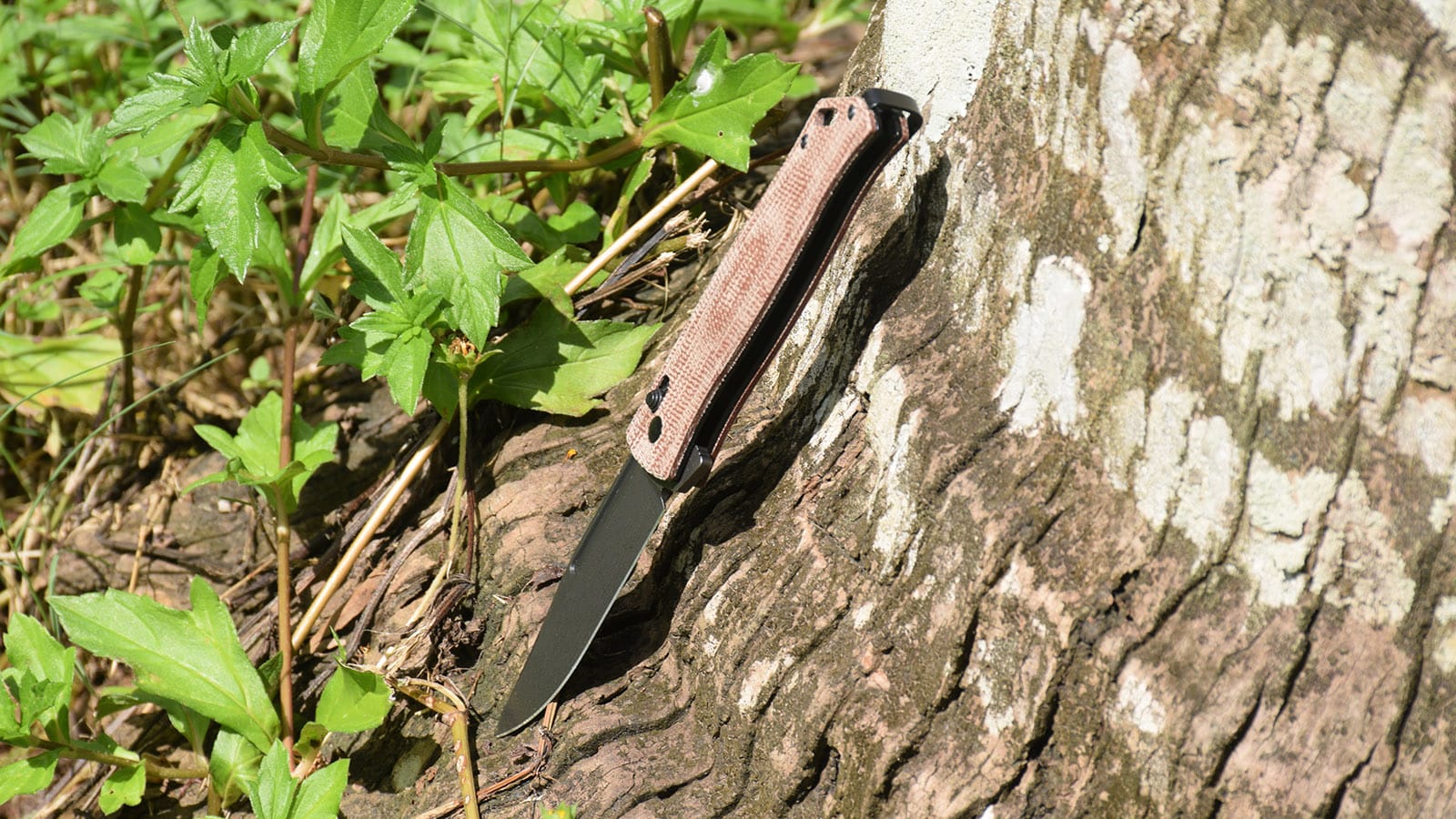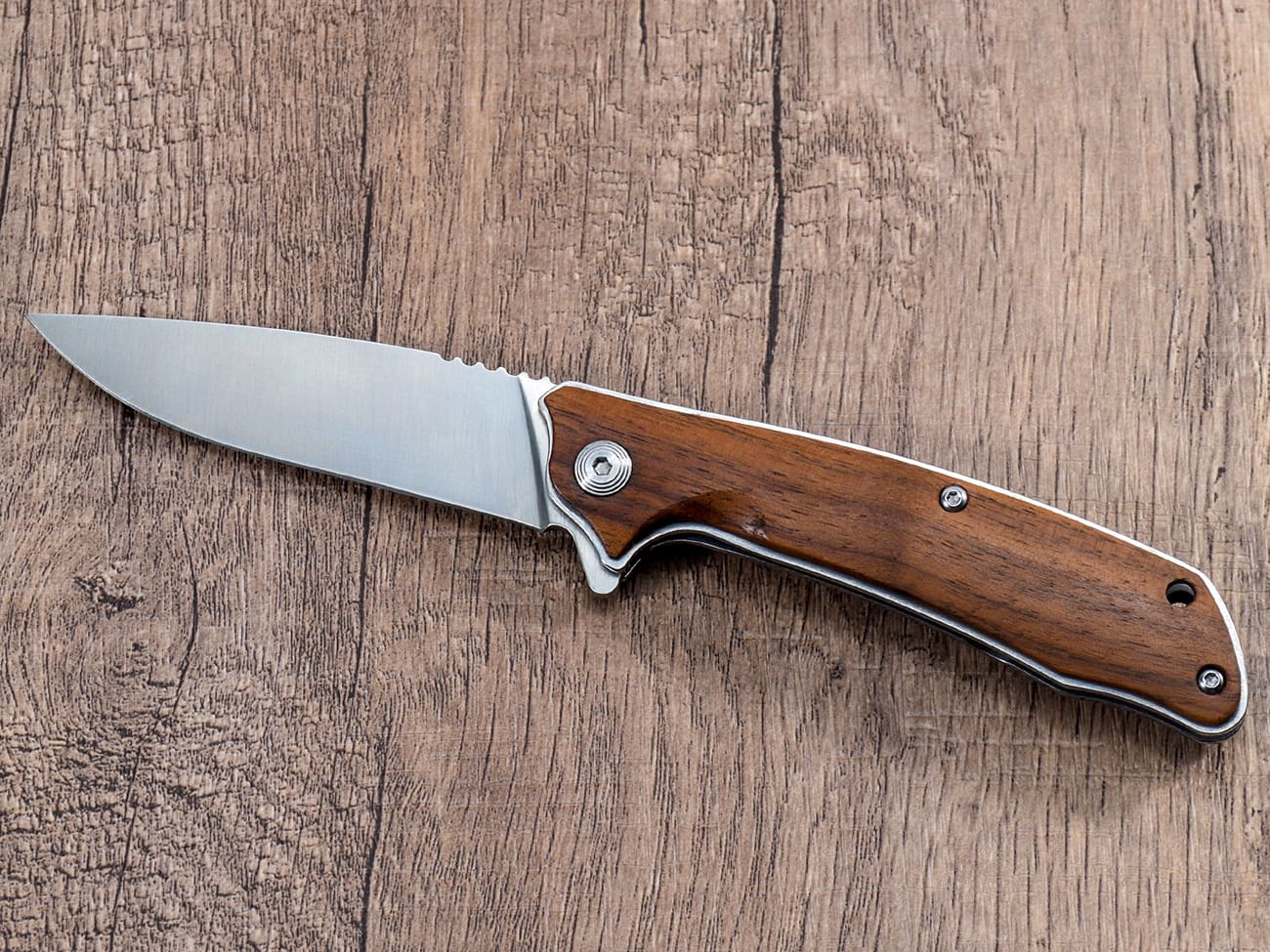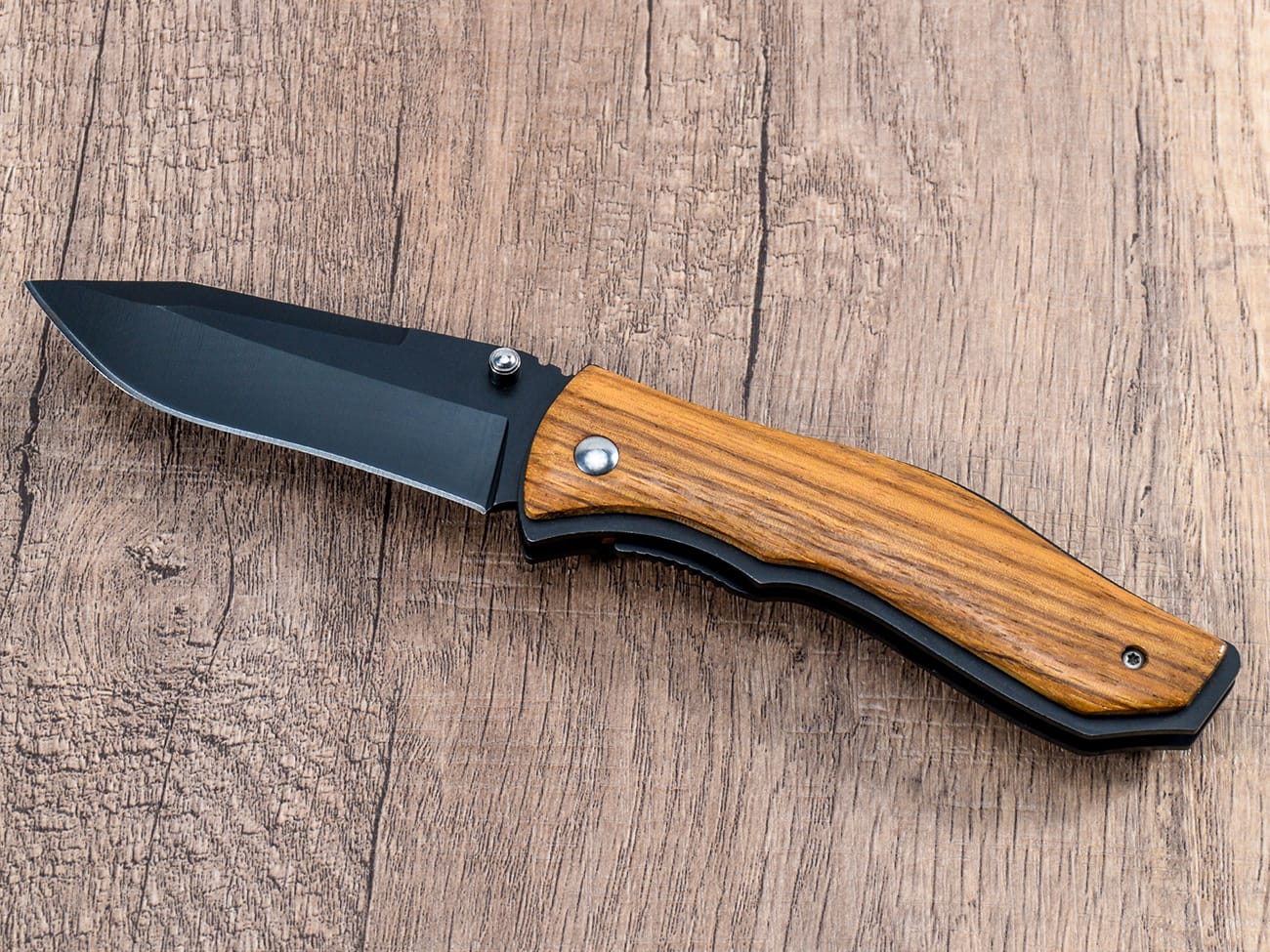Having a properly centered blade on your folding knife isn’t just about aesthetics – it’s crucial for optimal performance, smooth operation, and preventing unwanted blade play. This comprehensive guide will walk you through everything you need to know about centering your pocket knife blade, from understanding the basics to advanced techniques used by knife enthusiasts.

Why is Blade Centering Important for Your Pocket Knife?
Proper blade centering ensures your folding knife operates smoothly and safely. When a blade is centered, it reduces friction between the blade and liner, prevents uneven wear, and maintains the knife’s structural integrity. Poor centering can lead to blade play, inconsistent deployment, and potential damage to your knife.
What Causes an Off-Center Blade in Folding Knives?
Several factors can contribute to blade centering issues:
- Uneven pivot tension
- Loose or overtightened frame screws
- Warped scales or liners
- Debris in the pivot area
- Manufacturing tolerances
- Worn washers or bearings
How to Diagnose Blade Centering Problems?
Before attempting any adjustments, carefully examine your knife:
- Open the blade to 90 degrees
- Look down the spine of the handle
- Check if the blade is leaning to either side
- Test for blade play in multiple directions
- Verify if the pivot and frame screws are properly tightened
The Basic Method: Adjusting the Pivot Screw
Start with this simple approach:
- Clean the pivot area thoroughly
- Loosen the pivot screw slightly
- Center the blade manually
- Gradually tighten the pivot while maintaining center
- Test the blade action
Advanced Techniques for Perfect Blade Centering
For more stubborn centering issues:
- Disassemble and clean all components
- Check for warped scales or liners
- Inspect washers for wear or damage
- Apply knife lube sparingly
- Reassemble with precise torque on all screws
Common Mistakes to Avoid When Centering Your Knife Blade
Don’t fall into these common traps:
- Overtightening the pivot screw
- Ignoring frame screws
- Using excessive force
- Applying too much lubricant
- Making multiple adjustments simultaneously
Special Considerations for Different Lock Types
Different knife lock types require specific approaches:
- Liner locks: Check for liner tension
- Frame locks: Assess lock bar pressure
- Axis locks: Ensure smooth operation of stop pin
- Button locks: Verify spring tension
Tools and Materials Needed for Blade Centering
Essential items for proper centering:
- Appropriate Torx drivers
- Quality knife lubricant
- Clean workspace
- Good lighting
- Patience and precision
When to Seek Professional Help
Consider professional assistance if:
- Your knife has warranty coverage
- Complex mechanisms are involved
- Previous attempts have failed
- Structural issues are present
- Custom modifications are needed
Maintaining Proper Blade Centering Long-Term
Keep your blade centered with these maintenance tips:
- Regular cleaning and lubrication
- Proper storage techniques
- Periodic screw tension checks
- Gentle use and handling
- Immediate attention to developing issues
Key Takeaways:
- Proper blade centering is crucial for knife performance and longevity
- Start with basic pivot adjustments before trying advanced techniques
- Use appropriate tools and take your time
- Regular maintenance prevents centering issues
- Know when to seek professional help
- Different lock types require specific approaches
- Clean and lubricate your knife regularly
Remember, achieving perfect blade centering requires patience and attention to detail. With these techniques and regular maintenance, your EDC knife will perform at its best for years to come.




